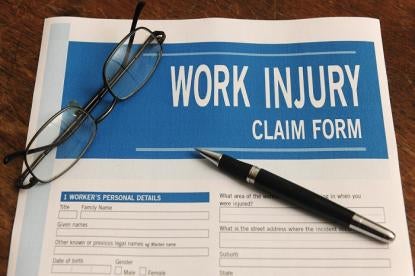EPA has circulated a pre-publication rule change to its CAA §112(r) Risk Management Planning program regulations at 40 CFR Part 68. These proposed revisions will result in changes to the accident prevention program requirements, as well as enhancement to the emergency response requirements, and improvements to the public availability of chemical hazard information. The comment period will commence for 60 days after it appears in the Federal Register.
Accident Prevention Program Revisions – The proposal would require all facilities with Program 2 and 3 processes to conduct a root cause analysis as part of an incident investigation of a catastrophic release or an incident that could have reasonably resulted in a catastrophic release (i.e., near-miss). This revision is intended to reduce the number of chemical accidents by requiring facilities to identify the underlying causes of an incident so that they may be addressed.
It is proposed that facilities with Program 2 or 3 processes will be required to contract with an independent third-party to perform a compliance audit after the facility has a reportable release. Compliance audits are required under the existing rule, but are allowed to be self-audits. Objective auditing is perceived by EPA to result in more effective results.
It is also proposed to add an element to the process hazard analysis (PHA), which is updated every five years. Specifically, owners or operators of facilities with Program 3 regulated processes in NAICS codes 322 (chemical manufacturing), 324 (petroleum and coal products manufacturing), and 325 (paper manufacturing) would be required to conduct a safer technology and alternatives analysis (STAA) as part of their PHA, and to evaluate the feasibility of any inherently safer technology (IST) identified. The current PHA requirements include consideration of active, passive, and procedural measures to control hazards. This modification is designed to reduce the risk of serious accidental releases by requiring facilities in these sectors to conduct a careful examination of potentially safer technology and designs that they could implement in lieu of, or in addition to, their current technologies.
Emergency Response Enhancements. Owners or operators of all facilities with Program 2 or 3 processes would be required to coordinate with the local emergency response agencies at least once a year to ensure that resources and capabilities are in place to respond to an accidental release of a regulated substance. This revision is designed to improve communications among facility owners and operators and local emergency response officials.
Additionally, all facilities with Program 2 or 3 processes would be required to conduct notification exercises annually to ensure that their emergency contact information is accurate and complete. This is intended to reduce the impact of accidents by ensuring that appropriate mechanisms and processes are in place to notify local responders when an accident occurs.
The proposal also requires that all facilities subject to the emergency response program requirements of subpart E (responding facilities) conduct a full field exercise at least once every five years and one tabletop exercise annually in the other years. Responding facilities that have an RMP reportable accident would also have to conduct a full filed exercise within a year of the accident.
Enhanced Availability of Information. The proposal includes enhancements to the public availability of chemical hazard information. All facilities would be required to provide certain basic information to the public through easily accessible means such as a facility website, public library or government offices, etc. Certain facilities would be required, upon request, to provide local emergency response agencies with summaries related to their activities on compliance audits; emergency response exercises; accident history and investigation reports; and any ISTS implemented at the facilities. Public meetings would be required after an RMP accident.
Finally, the proposal modifies RMP submissions to clarify and simplify to reduce compliance burdens.




 i
i


